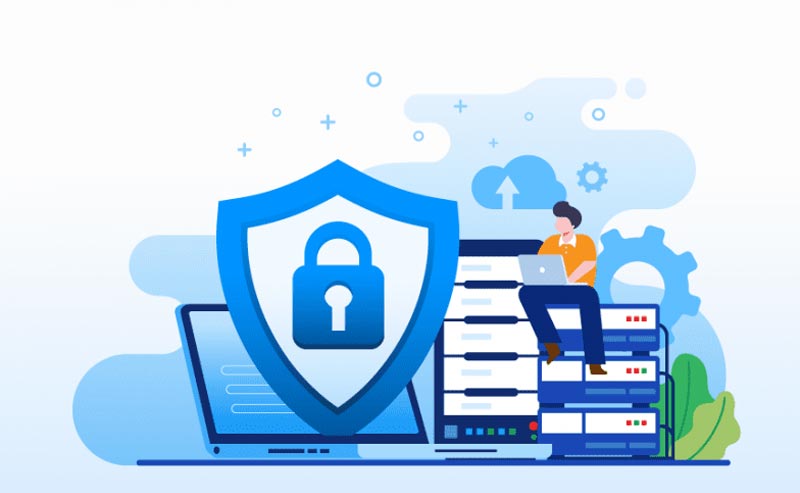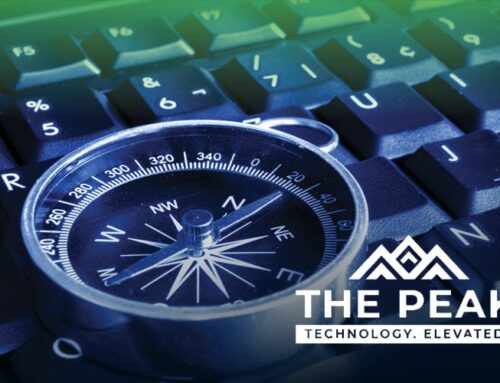
Cybersecurity has always been a complex issue requiring complex solutions. In the past, this has meant that many businesses have taken a multi-angled approach to security; antivirus software from one firm, enablement training from another, and a firewall from yet another.
A recent trend is a more centralized approach to cybersecurity: Network Access Control (NAC). The goal is improved overall security, but from a single infrastructure dictating terms across your business’s users and devices. This is meant to help your business tackle security concerns by simultaneously keeping your entire security solution up to date. Out-of-date security on devices is among the largest causes of cybersecurity breaches.
What is Network Access Control?
NAC products are a recent solution to the issues with fractured security apparatuses that aren’t always up-to-date.
A typical NAC product will protect an entire network from access from outsiders. Authorized users are given different permissions depending on their role in an organization. The NAC solution will also enforce a uniform security policy across devices, which shifts based on the state of the device and the authorizations granted to the user.
NACs are somewhat new, but the industry has become more competent in recent years. The earliest NAC products were very expensive and complex, yet less effective than today’s NAC solutions. Early NAC products were created for large organizations, but they often performed inadequately due to complexity and a lack of interoperability.
The market for NAC products has recently become more competitive thanks to technological innovation. The market has grown from $997.3 million in 2017 to a projected $5.37 billion in 2023. This increased demand stems from the benefits that this innovation has brought, particularly to small and medium-sized businesses that wouldn’t have benefited as much from now-outdated NAC products.
What are the benefits of having a Network Access Control solution?
The benefits of NAC solutions are increased control and security. They also offer a single, simpler security solution for businesses.
NAC products provide a more centralized and manageable form of security. One major benefit is an easily managed set of network access controls. Administrators can set permissions for different users from a secure and centralized position.
Simplicity and centralization are at the core of NAC. Instead of updating individual programs like firewalls and anti-virus software, you can update your entire security apparatus at the same time. You can also integrate your entire directory into your NAC solution so you can control user access levels.
The other benefit of NAC systems is how applicable they are. There are NAC solutions for:
- Medical devices
- Incident response
- Bring your own device (BYOD) for employees
- Guest access
What are the capabilities of a NAC solution?
NAC solutions offer capabilities that you can’t get with a fractured security apparatus. There are several capabilities that they bring to a network.
1. User Authorizations
Users from outside your network, such as customers or contractors, can access your network as needed, but their access can be relegated to certain parts of your network.
Limiting network access is critical to security. Many business networks require visitors to be able to access some parts, but visitor access must be restricted so that visitors can’t access internal resources. For example, the infamous 2013 attack on Target could likely have been avoided if the hackers were unable to connect to the third-party vendor’s network.
After accounting for visitors, you can also use an NAC solution to restrict employees’ access to company data. Employees need access to internal resources to perform their duties, but NAC solutions enable you to set restrictions so employees can’t access data their position doesn’t require. For example, employees can be restricted from accessing customer data unless their job requires that access.
Lastly, NAC solutions provide a universal security policy for your business. They can lock out any endpoint devices that do not meet the NAC solution’s security requirements. This helps your business stay safe from external threats such as viruses. Employee devices are subject to the NAC solution’s policies, so only devices that are deemed secure enough can be used to access your business’s networks.
2. Authentication
Users can be authenticated with multi-factor authentication that is much more secure than a single factor such as a password or a copied IP address. Individual aspects of your network are protected even after a user has gained access, so your applications remain secure. This is often done through encryption.
3. Incident Response
Modern NAC solutions are easy to configure for automated incident response. Many use AI and machine learning to automate the incident response process and save your employees time. A large part of NAC solutions is stopping cybersecurity threats before they materialize. When incidents do happen, the right NAC solution will ensure a more efficient response.
How to implement NAC solutions for your business
The simplest way to get started is to purchase the right NAC cybersecurity solution for your business. The first order of business is to narrow your search down. You should start by considering the NAC products that are compatible with your current network software. Changing your hosting provider and infrastructure to accommodate different NAC software is possible, but typically disruptive and unnecessary.
After you have a list of compatible NAC products, you need to consider the security features they include. Some providers will offer complete solutions that include virus scanning, firewalls, multi-factor authentication, user restrictions, and more. It’s up to you to choose the NAC package with the resources you need. Depending on your current security, a more comprehensive NAC solution can be called for.
Different NAC products can offer your business different levels of value. That’s why you should consider the cost of an NAC product alongside all the value it offers. Most NAC vendors embrace the Software as a Service (SaaS) subscription model, so you can expect to pay a monthly rate. Look at an NAC solution as an investment that can save you precious time and money in the future.
When considering NAC solutions, ask yourself:
- Does this NAC product improve upon our current security?
- What is our budget?
- Can this NAC product be integrated with our current network infrastructure?
- Would a SaaS subscription make more sense, or would a single, larger purchase work?
Start here to level up your IT.
Click below or call our Rhode Island headquarters at: 401-825-4400.









